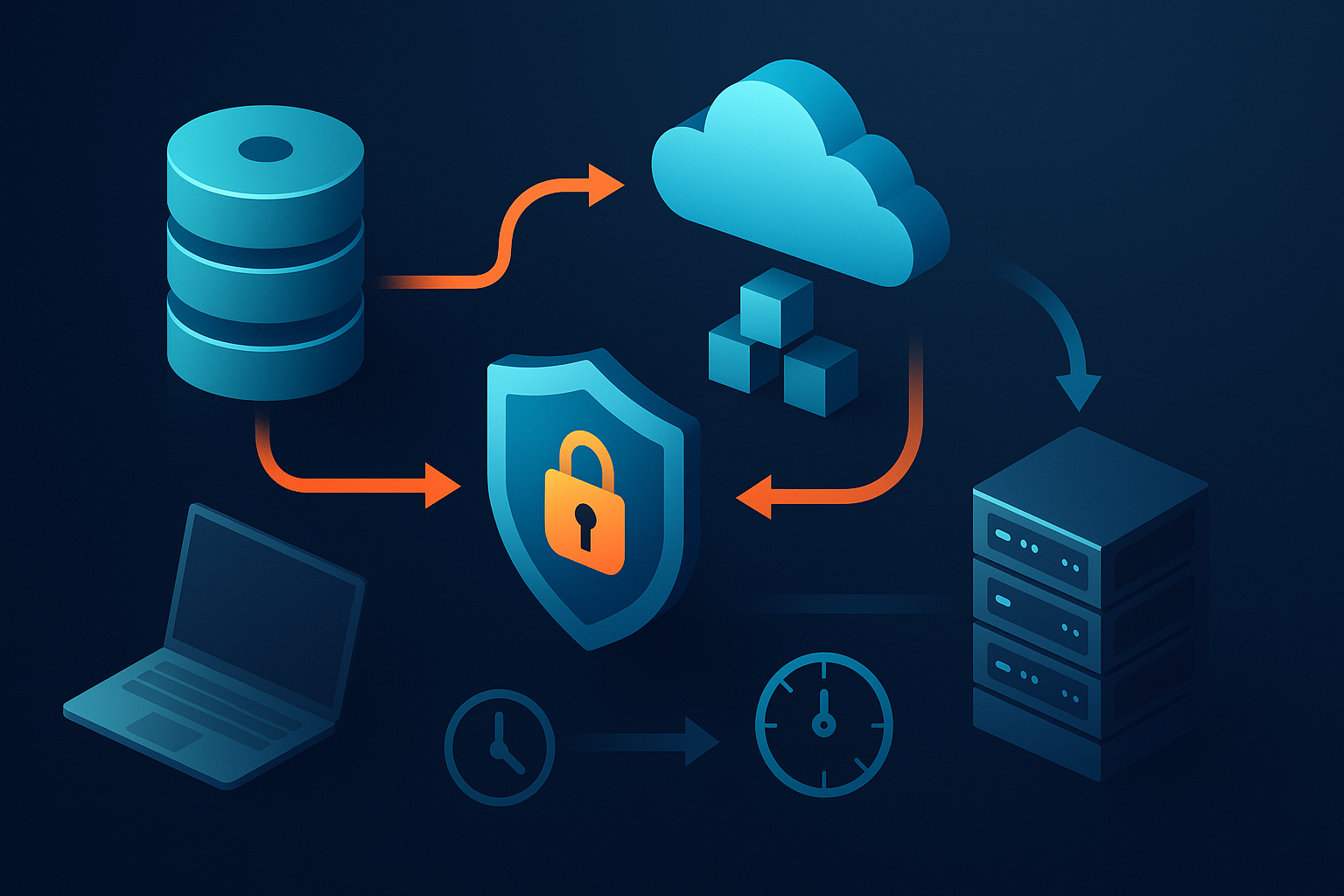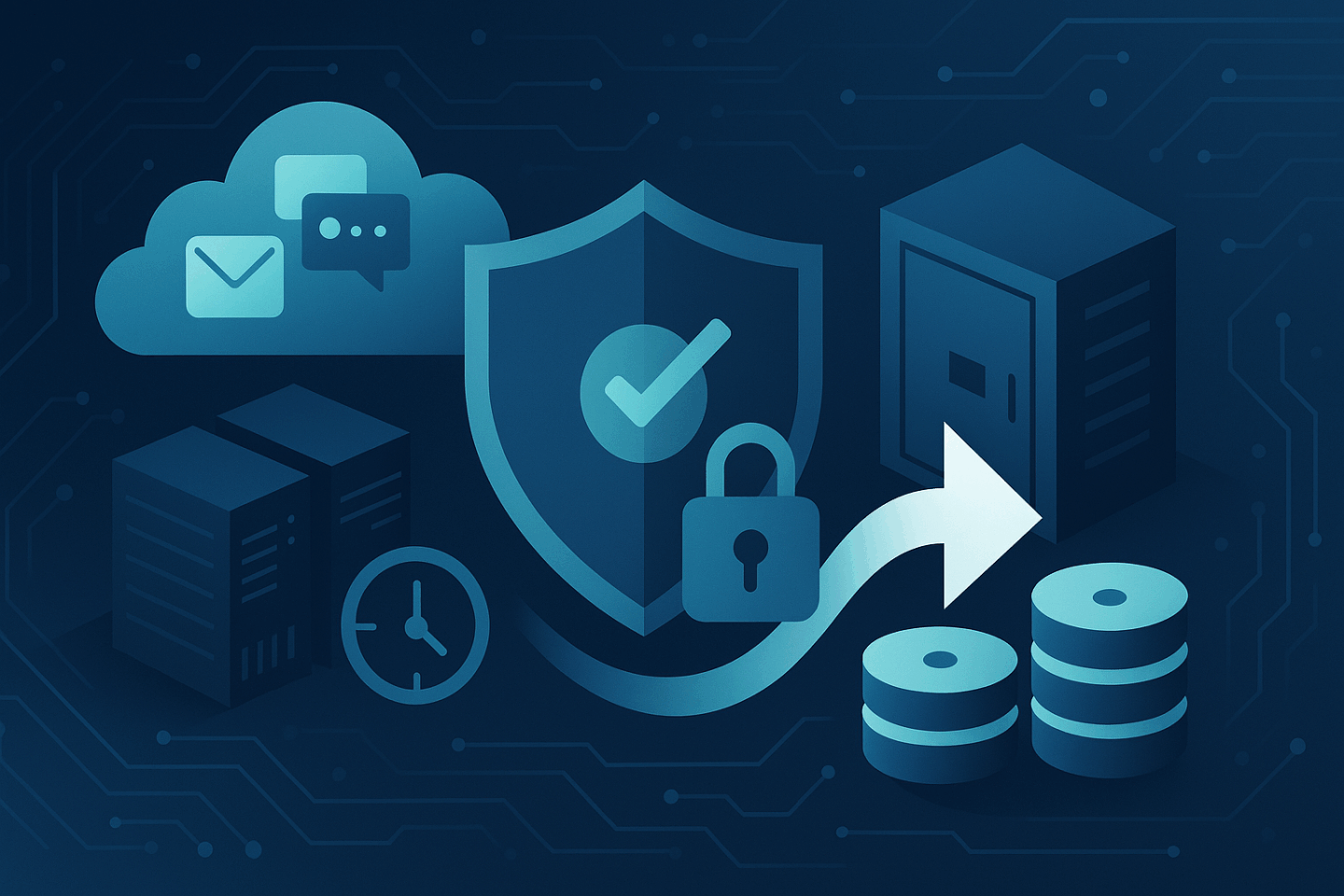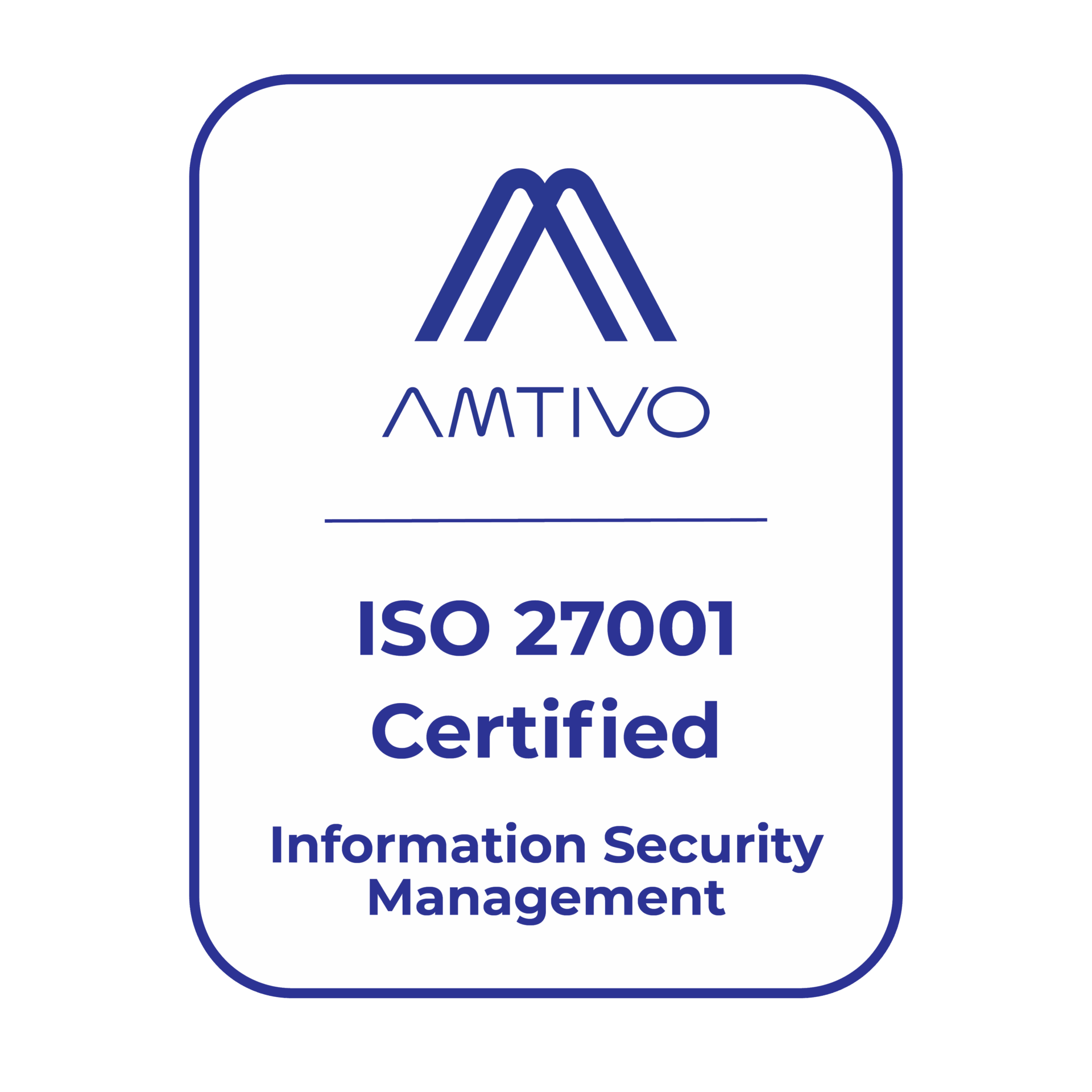DATA PROTECTION TRENDS, NEWS & BACKUP TIPS
RTO & RPO Objectives Explained: A Simple Guide for IT Leaders

RTO and RPO might sound like technical jargon, but they are fundamental to how well your business can bounce back from an IT disaster. In this post, we will break down Recovery Time Objective (RTO) and Recovery Point Objective (RPO) in plain language, explain why these objectives are critical for disaster recovery and business continuity, and discuss common challenges in meeting them. We will also explore how CyberFortress helps IT leaders meet their RTO & RPO objectives through its Backup as a Service (BaaS), Disaster Recovery as a Service (DRaaS), and Backup Recovery as a Service (BRaaS) solutions. By the end, you will see the value of simplicity, reliability, and expert support in planning for RTO and RPO, and know where to turn for help.
What Are RTO and RPO?
To start, let’s define these terms in simple terms.
RPO (Recovery Point Objective): How much data can you afford to lose if something goes wrong? RPO is the maximum acceptable amount of data, measured in time, that might be lost due to an incident. In practice, it tells you how far back your last good backup needs to be. For example, if your RPO is 4 hours, your backups are scheduled so that you would lose at most 4 hours of data in a worst-case scenario. An organization with a very low tolerance for data loss, such as a bank or hospital, will have a very short RPO, maybe minutes, meaning they back up or replicate data frequently.
RTO (Recovery Time Objective): How quickly do you need to recover? RTO is the maximum acceptable downtime after a disruption. It is essentially your deadline for restoring operations. It answers, “How long can we afford to be offline?” If your RTO is 2 hours and a critical system goes down at noon, you need that system back up by 2:00 PM at the latest. Some businesses can tolerate a day of downtime, but others, such as an e-commerce site on Black Friday or an ER system in a hospital, need near-zero downtime.
Think of RPO and RTO as two sides of the disaster recovery coin. RPO addresses data loss, meaning backup frequency, while RTO addresses downtime, meaning recovery speed. They work hand in hand to shape your overall recovery strategy. If you have very tight RPO and RTO requirements, you will need more advanced, and often more costly, solutions. It is all about balancing risk and cost.
Why RTO & RPO Objectives Are Critical
Understanding and planning for RTO and RPO is not just an IT box-ticking exercise. It is critical to business survival. Consider the impact of downtime and data loss. Every minute your systems are down can mean lost revenue, halted operations, frustrated customers, and damage to your brand. Likewise, data loss can be devastating. Imagine losing a day’s worth of sales orders or a chunk of customer records. In some industries, losing data is not just a financial issue but also a compliance and trust issue, such as healthcare records or financial transactions.
In short, setting clear RTO and RPO objectives is about protecting your business. It is making sure that if disaster strikes, whether it is a server crash, ransomware attack, or natural disaster, you know how quickly you can recover and how much data you can save. When you know your targets, you can build a disaster recovery plan that meets your business needs and avoid a scenario where an outage leads to a complete business shutdown.
Common Challenges in Meeting RTO & RPO Objectives
For many IT leaders, knowing your RTO and RPO goals is one thing. Achieving them is another. Here are common challenges teams face:
- Insufficient resources or outdated technology. Fast recovery and frequent backups require the right tools and infrastructure. Older systems or limited backup resources can make it hard to restore systems quickly or capture all necessary data in time. Without modern solutions, meeting aggressive RTOs and RPOs is an uphill battle.
- Ever-increasing data volumes. Data is growing quickly, and not all data is equally critical. As your footprint expands, figuring out what must be restored immediately versus what can wait becomes complex. Larger volumes also mean longer backup and restore times, which can threaten your objectives if not managed properly.
- Lack of a solid plan or testing. Some organizations do not have a fully developed or tested disaster recovery plan. If you have not clearly defined processes and responsibilities ahead of time, and practiced them, it will be extremely difficult to meet your RTO and RPO when a real incident happens. Unplanned or untested recovery efforts often lead to longer downtime and more data loss.
- Security versus speed tradeoffs. Data protection measures such as encryption and secure transfers are essential, but they can sometimes slow down backup or recovery. The challenge is to maintain strong security without making backups or restores so slow that they jeopardize your objectives.
- Budget constraints. Achieving very low RTOs and RPOs can be expensive. It might require extra bandwidth, cloud infrastructure, premium software, or additional expertise. Tight budgets can force compromises, such as backing up less frequently or not maintaining a hot standby environment, which can in turn affect how quickly you recover or how much data you might lose.
These challenges explain why many businesses turn to specialized service providers for help. If maintaining aggressive RTO and RPO objectives in house is too costly or complex, partnering with experts can bridge the gap.
How CyberFortress Helps Meet RTO & RPO Objectives
CyberFortress specializes in backup and disaster recovery services, and its offerings are designed with RTO and RPO goals in mind. By leveraging BaaS, DRaaS, and BRaaS from CyberFortress, IT leaders can significantly improve their ability to meet strict recovery objectives. Here is how each service helps:
- Backup as a Service (BaaS). CyberFortress managed cloud backup ensures your critical data is continuously protected and can be rapidly recovered when needed. This fully managed service, powered by leading technology like Veeam, shields your organization from data loss and downtime, giving you confidence that backups are recent and ready to go. With automated scheduling, encryption, and 24×7 expert monitoring, BaaS takes care of the heavy lifting so your backups are reliable and your restores are fast.
- Disaster Recovery as a Service (DRaaS). When a major outage or disaster strikes, CyberFortress DRaaS minimizes downtime. The moment an incident happens, the clock starts ticking on your RTO. DRaaS, powered by Veeam, removes the complexity of executing a full recovery by putting it in the hands of experts who have performed countless recoveries. Your systems are replicated and stand ready in a secure cloud, and recovery can be orchestrated with one click failover and automated failback. Because data is continuously replicated or journaled, your RPO is also minimized so you resume operations with very little or no data loss.
- Backup Recovery as a Service (BRaaS). CyberFortress BRaaS is a business resilience solution that blends backup and recovery into one service. It allows you to recover on demand from your backups without a dedicated disaster recovery site. BRaaS leverages your immutable off site backup data and can spin up recovery infrastructure only when you need it, in a clean cloud environment. This on demand model eliminates the cost and complexity of maintaining your own DR infrastructure while still achieving rapid recovery. By automating failover, BRaaS enables recovery times in hours instead of weeks, even for full systems. Regular automated testing is built in, so you can confidently prove that your targets can be met when it counts.
All of these services come with personalized expert support. The CyberFortress team of recovery specialists works around the clock to monitor backups and assist with recoveries, so you are never on your own in a crisis. This level of support and the capabilities of the platform mean you can set ambitious RTO and RPO objectives and actually achieve them.
Simplicity, Reliability, and Expertise in RTO and RPO Planning
A key value CyberFortress brings is simplicity and reliability in a complex area of IT. As an IT leader, you know that crafting a strong business continuity plan can be challenging. CyberFortress focuses on removing complexity from backup and recovery, which allows your team to focus on strategic tasks instead of worrying about meeting RTOs and RPOs. The approach is built on simplicity with fully managed services, reliability with proven technology and best practices, and deep expertise. When you partner with CyberFortress, you are not just getting software or cloud storage. You are getting a team that knows how to design and execute recovery plans that work.
Ready to Protect Your Business?
Do not wait for a disaster to find out if your RTO and RPO plans are up to par. If you are unsure whether your current backup and disaster recovery setup can meet your RTO & RPO objectives, it is time to get expert help. Contact CyberFortress to speak with a recovery specialist about your RTO and RPO planning needs. Whether you need a better backup system, a full disaster recovery solution, or guidance on where to start, CyberFortress will help you develop a plan that keeps your business running no matter what.






